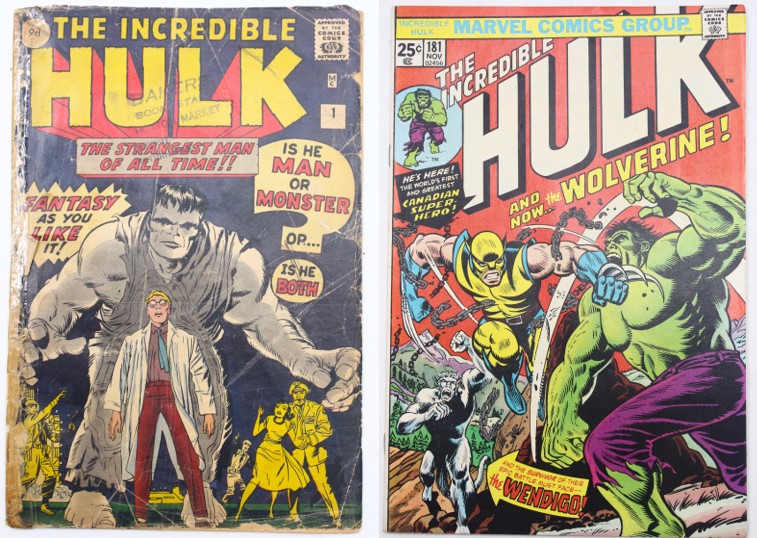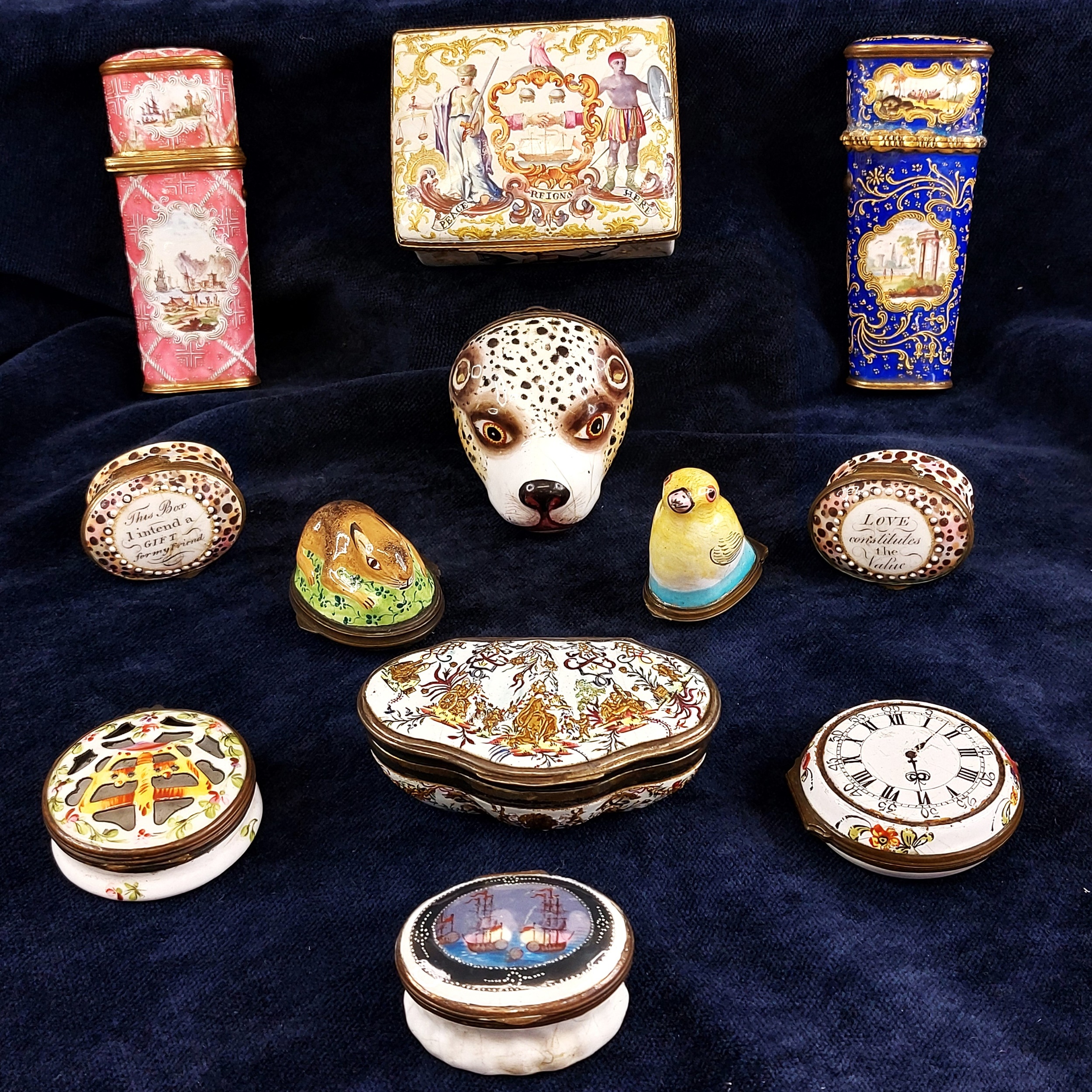The Hobby of Kings
We are pleased to announce the introduction of twice-yearly Coins & Medals sales, which will take place on the Fridays prior to our June and December Fine Art & Antiques sales. These sales will include rare and antique coinage, bank tokens and notes, military medals and other related numismatic ephemera. Our first sale will be held on Friday 13th June.
Coins, bank notes and tokens have a value that far outweighs their intended use as a unit of currency. Archaeological and historical records of Ancient Rome and medieval Mesopotamia indicate that coins were collected and catalogued by scholars and state treasuries. There is also evidence that individual citizens collected old, exotic or commemorative coins as an affordable, portable form of art. Suetonius states in his 1st century De Vita Caesarum (The Lives of the Twelve Caesars) that the Emperor Augustus sometimes presented old and exotic coins to friends and courtiers during festivals and other special occasions. Contemporary coin collecting and appreciation appears to have begun around the fourteenth century when it became popular amongst the wealthy classes, especially kings and queens. Perhaps because only the very wealthy could afford the pursuit at this time coin collecting became known as the Hobby of Kings. Some notable collectors were Pope Boniface VIII, Emperor Maximilian of the Holy Roman Empire, Louis XIV of France, Ferdinand I, Henry IV of France and Elector Joachim II of Brandenburg, who started the Berlin Coin Cabinet.
Exonumia is the study of coin-like objects such as token coins and medals, and other items used in place of legal currency or for commemoration. This includes elongated coins, encased coins, souvenir medallions, tags, badges, counter-stamped coins, wooden nickels, credit cards, and other similar items.
Notaphily is the study of paper money or banknotes, which seems to have most notably become a collectors pursuit in Germany in the 1920s, particularly of the Serienscheine (Series notes) Notgeld. At the same time, some countries such as the USA, Germany and France began publishing their respective national catalogues of paper money, which represented major points of reference literature.
A medal or medallion tends mostly to be a small, flat and round piece of metal that has been sculpted, moulded, cast, struck, stamped, or some way marked with an insignia, portrait, or other artistic rendering. Medals are awarded to a person or organization as a form of recognition for sporting, military, scientific, academic, or various other achievements. In the past, medals commissioned for an individual, typically with his portrait, were often used as a form of diplomatic or personal gift, with no sense of being an award for the conduct of the recipient. Roman emperors used both military awards of medals and political gifts of medallions, which were like very large coins usually in gold or silver, and die-struck like coins. Both these and actual golden coins were often set as pieces of jewellery, worn by both sexes. More recently military medals, particularly of the World Wars, have become a major area for collectors with extra attention being paid to the history of the recipient.
Coins and Medals are extremely attractive to the collector, not least because they are easy to store, they are not too fragile and they are a convenient size. It is very easy, and inexpensive, to start, and there are lots of different ways to build up a collection. Collectors can choose themes relating to a particular country, period of history, theatre of war, decorative detail etc. We hope that these sales prove to be a success and that our clients will find the subject as fascinating as we do. If you are interested in entering items into these sales, please contact our valuers Alex Manning (Coins) and Glenn Pearl (Medals) for a free appraisal.





